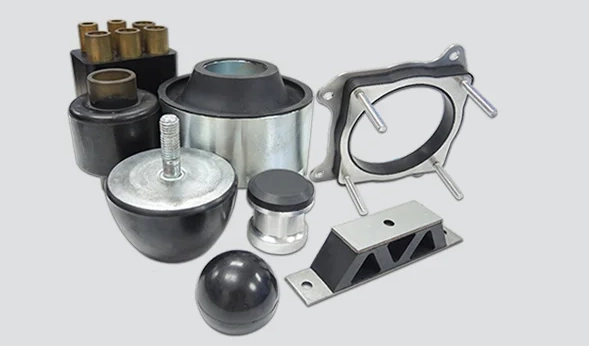Unveiling the Superiority of Kraft Paper in Food Packaging
In the realm of food packaging, the choice of materials plays a crucial role in ensuring product safety, sustainability, and consumer satisfaction. Among the various options available, kraft paper has emerged as a preferred choice for food packaging due to its exceptional qualities. This article delves into the reasons why kraft paper is considered excellent for food packaging, exploring its unique attributes and benefits.
- Strength and Durability:
Kraft paper is renowned for its exceptional strength and durability, making it ideal for food packaging. Its robust nature ensures that it can withstand the rigors of transportation, handling, and storage, thereby safeguarding the integrity of the packaged food. This strength also prevents the risk of tearing or puncturing, reducing the chances of contamination. - Natural and Sustainable:
One of the key advantages of kraft paper is its eco-friendly nature. Derived from wood pulp, kraft paper is biodegradable, recyclable, and compostable. Unlike plastic packaging, which contributes to environmental pollution, kraft paper offers a sustainable solution that aligns with the growing demand for eco-conscious practices. Its production involves minimal energy consumption and emits fewer greenhouse gases, making it an environmentally responsible choice. - Oil and Grease Resistance:
Food products often contain oils and greases that can compromise the integrity of packaging materials. Kraft paper, however, possesses inherent resistance to oil and grease, ensuring that the packaging remains intact and free from leakage. This resistance is achieved through the kraft pulping process, which enhances the paper's ability to repel liquids, maintaining the freshness and quality of the packaged food. - Breathability and Moisture Control:
Kraft paper exhibits a unique property of breathability, allowing the packaged food to retain its freshness. This breathability prevents the buildup of moisture, which can lead to spoilage or mold growth. By regulating moisture levels, kraft paper helps extend the shelf life of food products, reducing waste and enhancing consumer satisfaction. - Versatility and Customizability:
Kraft paper offers a wide range of options for food packaging, catering to diverse product requirements. It can be easily molded, folded, or shaped to accommodate various food items, including dry goods, bakery products, and even liquids. Additionally, kraft paper can be customized with branding, labeling, and printing, enhancing product visibility and consumer appeal.
Conclusion:
In the realm of food packaging, kraft paper stands out as a superior choice due to its strength, sustainability, resistance to oil and grease, breathability, and versatility. Its unique attributes ensure the safety, freshness, and visual appeal of packaged food products, while also contributing to environmental preservation. By opting for kraft paper, businesses can align with consumer demands for sustainable packaging solutions, ultimately enhancing their brand reputation and customer loyalty.





